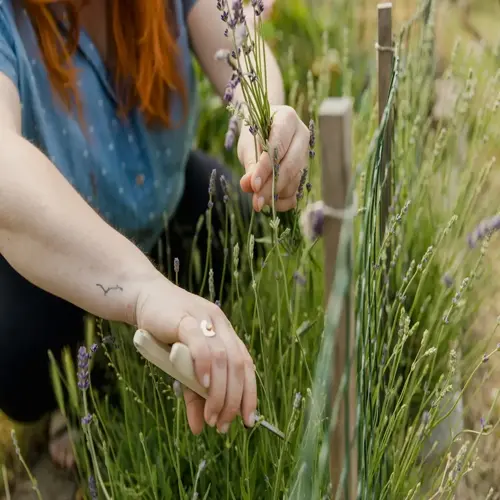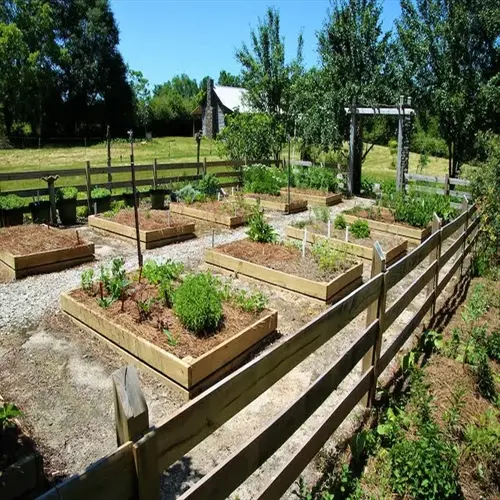Can all rose varieties be pruned the same way?

Written by
Liu Xiaohui
Reviewed by
Prof. Charles Hartman, Ph.D.Because of their varying growth habits, blooming cycles/and pruning methods will differ greatly for all rose varieties. If you use the same process on each type, you may reduce its flowering or cause structural damage. I learned my lesson by pruning my climbers the same way I do with hybrid teas, and I had limited blooms that year.
Hybrid Teas
- Need heavy annual pruning cutting back to 3-5 buds
- Promotes large exhibition blooms on new wood
- Prune in early spring before bud break
Climbing Roses
- Require moderate lateral trimming after flowering
- Main structural canes remain for 3-5 years
- Train horizontally for maximum bloom production
Shrub Roses
- Thrive with light shaping to maintain form
- Excessive cutting removes bloom-producing wood
- Prune after first flush of spring flowers
Landscape Varieties
- Need only simple height reduction annually
- Tolerate beginner mistakes well
- Prune anytime during dormancy
Timing distinctions are fundamental to bloom performance. Single-blooming varieties, such as most climbers, must be pruned just after spring flowering. Repeat-blooming varieties require dormant-season pruning. I anticipate and schedule my garden work based on the specific requirements of each plant to achieve optimal results.
Structural approaches vary among types. Climbers have permanent framework canes, whereas shrub roses produce temporary flowering branches that flower (and die) each year. In cutting climbers, such as shrub roses, the structural wood is generally removed. Training climbers in a horizontal system encourages the later flowering spur to develop, thereby greatly enhancing the total number of bloom clusters.
Novices should begin with more forgiving landscape varieties. Knock Out roses will withstand abuse from improper timing or excessive cutting and still bloom. These were my initial successful roses. Cultivate your confidence before trying delicate hybrid teas or fancy climbers.
Watch the growth patterns before pruning. Pay attention to whether the buds develop on old wood versus new wood. For example, hybrid teas flower on new wood, while many climbers bloom from one-year-old canes. This is important to know for proper pruning, ensuring you have flowers for the following year.
Read the full article: When to Prune Roses: A Complete Guide

